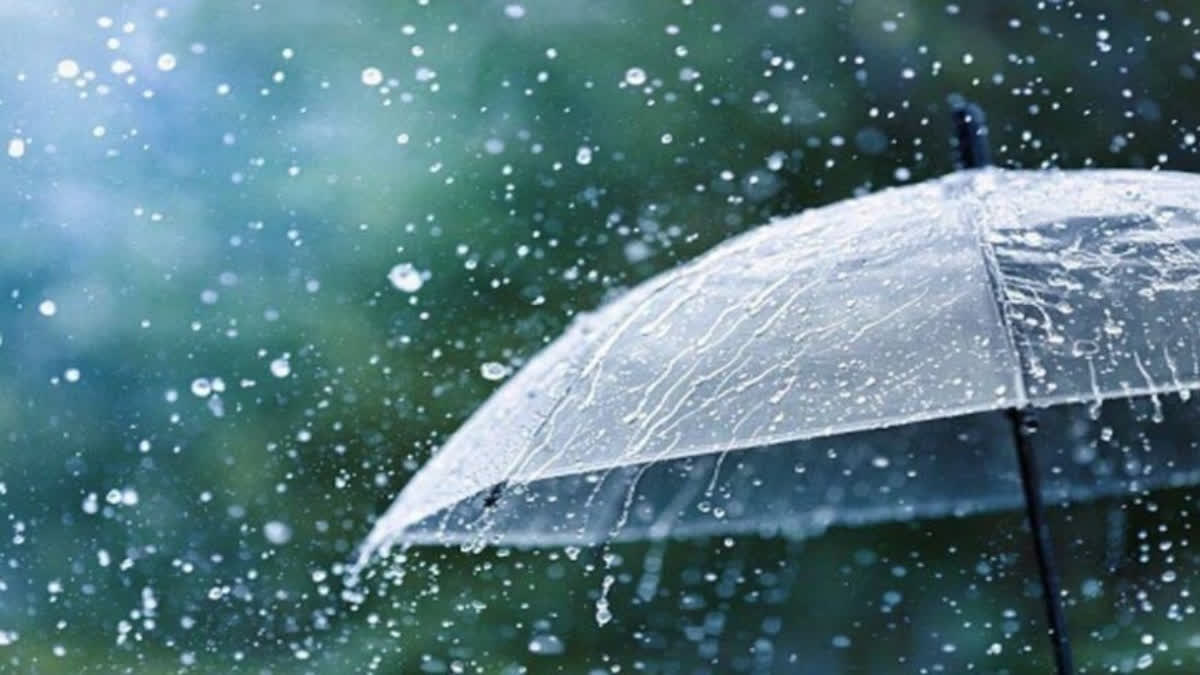New Delhi: As the air quality in Delhi continues to deteriorate with the shooting up of AQI, the Indian Institute of Technology (IIT)-Kanpur has developed a mechanism to cause 'artificial rains,' which researchers said can be a potential solution to address the problem of air pollution in Delhi and its neighbouring areas.
The man behind this unique project is Manindra Agrawal, a professor at the Computer Science and Engineering Department of IIT-Kanpur.
Artificial rain, also known as cloud seeding, is a weather modification technique that has been developed to induce precipitation by altering the microphysical processes within clouds. This method which is already being used in countries such as the USA, China, UAE, and several others has gained considerable attention in recent times due to its potential to address key issues such as water scarcity, droughts, enhancing agricultural productivity, and others.
IIT- Kanpur is now all set to deliver after successful trials conducted in July this year. To a question on the number of years that their team has been working on this, Prof Manindra replied that "it took five years of hard work. There were some modifications in the aircraft's wings (that IIT Kanpur has and will be used for sparing salt in the clouds) and we had to import some parts from the US as well.
The negotiations for importing US parts consumed a lot of time and then the covid also came. So they consumed a lot of our time." The project also involves obtaining multiple approvals, including those from the Directorate General of Civil Aviation (DGCA), Ministry of Home Affairs and Special Protection Group (SPG) that is responsible for protecting the Prime Minister- to fly the aircraft over the national capital.
"IIT-Kanpur has an aircraft and we have made some modifications in its wings so that spraying of salt into the clouds can be done through that. And that modification in wings of an aircraft requires the approval of DGCA and we have got an approval from them", he said.
On the flying of aircraft that requires approval from DGCA, he said "Whenever you want to fly an aircraft, you need DGCA's approval. That approval will be taken as in when we need to fly the aircraft", said Prof Agrawal.
On communication from the Delhi government, he said "We've received a communication from them. We are in active dialogue with them and the Confederation of Indian Industry (CII) is also involved."
It is worth noting here that in September, Delhi environment minister Gopal Rai said the city government was preparing to attempt cloud seeding for its winter action plan to combat air pollution.
While the political parties continue their blame game, satellite images on Monday detected 2,914 residue-burning events in the six study states, including 2,060 in Punjab, 65 in Haryana, 87 in Uttar Pradesh, zero in Delhi, 47 in Rajasthan and 655 in Madhya Pradesh taking the cumulative total to 29,641 such cases between September 15 and November 6.
Meanwhile, hospitals in Delhi are witnessing the impact of this toxic air with a surge in patients complaining about respiratory problems. For the last 10 days or so, Delhi's AQI has mostly been in the severe or hazardous range.
Also read: Delhi: Air pollution eases slightly; AQI stands in 'very poor' category at 394



